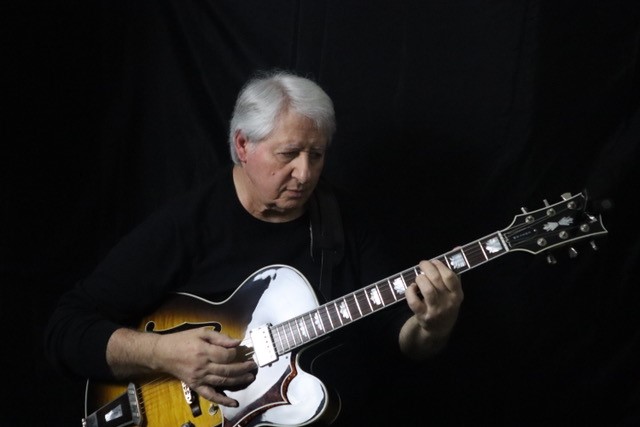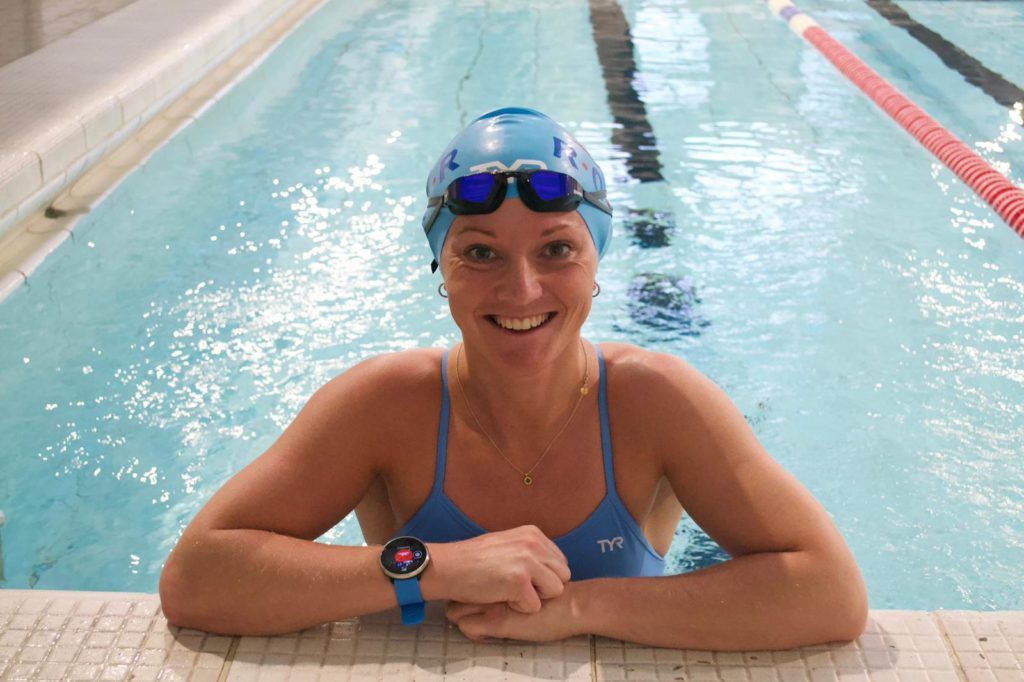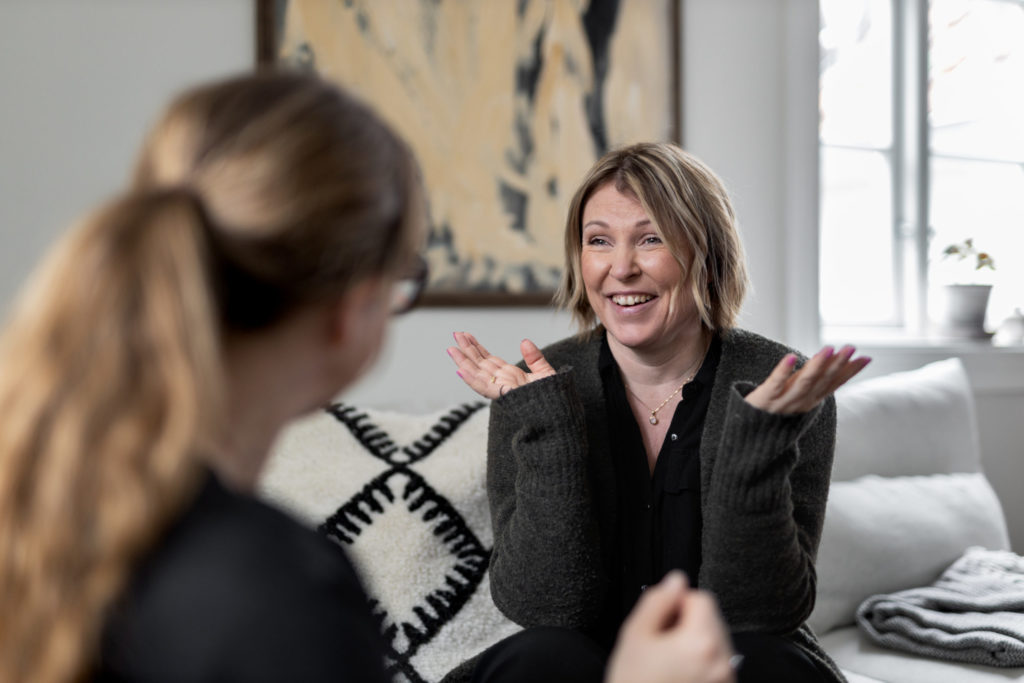Did you know that rehabilitation is not just about checking your speech test scores at the clinic? Hearing rehab is powerful and can actually help you improve your listening and communication skills – no matter how long you’ve had your cochlear implant.
That’s because our brains have the ability to adapt and change.1,2,3 And, as your brain creates new connections, it makes sense to provide a little support.
What’s important to know is that hearing rehab is a broad term that includes digital tools like websites and apps to practise your listening to everyday sounds in daily life like airplanes flying overhead and music.
You can use tools and resources and your environment to help to improve your confidence and satisfaction with your hearing – it all falls under “hearing rehabilitation,” also known as aural rehabilitation or auditory rehabilitation.
If you want to feel more confident using your sound processor, hearing in a challenging environment, or talking on the phone, we have suggestions for you.
Here are three key stages in your hearing journey where rehab can make a big difference:
In your first year after activation
Did you recently have your initial cochlear implant activation? It’s normal to feel overwhelmed in the first days, weeks or months (and even longer), as you transition to hearing with your cochlear implant.
Your brain is learning to understand sounds in a new way. By wearing your sound processor all day and dedicating some time to practise using all your tools and resources, it’s possible to make that transition a little smoother and reach your goals a little faster.4
On our website you can find ideas like streaming music or podcasts to your compatible* smart phone or listening with your Cochlear™ Wireless Mini Microphone 2+.*
If you are especially interested in listening to music, read Professional musician’s tips for music enjoyment, also in this issue.

After upgrading to a new sound processor
Have you recently upgraded your device? This is the perfect time to focus on hearing rehab. Practising listening exercises, also called auditory training, can be important to unlocking your potential.1,2,4,5
When upgrading to a new sound processor, some people like to do listening exercises to get accustomed to the new features. It’s helpful to test drive the new technology before you dive into a challenging work environment or social event. A little practice can help your confidence with your new technology.
Over time: Monitoring your hearing success over the long term
Did you know that how you hear with your cochlear implant can change over time?
In the first few months after your initial activation, you will notice improvements in your hearing, but it typically stabilises pretty quickly.
If you are doing some hearing rehab on your own at home, how you are hearing with your sound processor can serve as your baseline.
Sometimes you may experience subtle changes in your hearing over time. If you or your loved ones notice that you may not be hearing as well as you usually do, go back and try your favourite listening exercises and monitor any changes.
If you have done some troubleshooting and the processor is all in good working order, you should contact your clinic and see if you require further follow up.
Explain to your clinician specific things that seem different – has something become too soft or too loud? Is there an environment or rehab exercise that you can list as an example? This can greatly help to determine the next step. And, with Remote Care, sharing hearing data with your clinician has never been easier.
* For information regarding the compatibility of Cochlear’s Sound Processors with Apple or Android devices and with True Wireless devices, visit www.cochlear.com/compatibility
References
- Fu Q, Galvin J. Perceptual learning and auditory training in cochlear implant recipients. Trends Amplif. 2007; 11:193–205. [PubMed: 17709574]
- Boothroyd A. (2010) Adapting to changed hearing: the potential role of formal training. J Am Acad Audiol. 2010; 21:601–611. [PubMed: 21241648]
- Keidser, Gitte; Naylor, Graham; Brungart, Douglas S.; Caduff, Andreas; Campos, Jennifer; Carlile, Simon; Carpenter, Mark G.; Grimm, Giso; Hohmann, Volker; Holube, Inga; Launer, Stefan; Lunner, Thomas; Mehra, Ravish; Rapport, Frances; Slaney, Malcolm; Smeds, Karolina The Quest for Ecological Validity in Hearing Science: What It Is, Why It Matters, and How to Advance It, Ear and Hearing: November/December 2020 – Volume 41 – Issue – p 5S-19S
- Anderson, S., & Kraus, N. (2013). Auditory training: Evidence for neural plasticity in older adults. SIG 6 Perspectives on Hearing and Hearing Disorders: Research and Diagnostics, 17, 37-57. https://doi.org/doi:10.1044/hhd17.1.37
- Drouin, J. R., & Theodore, R. M. (2020). Leveraging interdisciplinary perspectives to optimize auditory training for cochlear implant users. Language and Linguistics Compass.doi:10.1111/lnc3.12394




